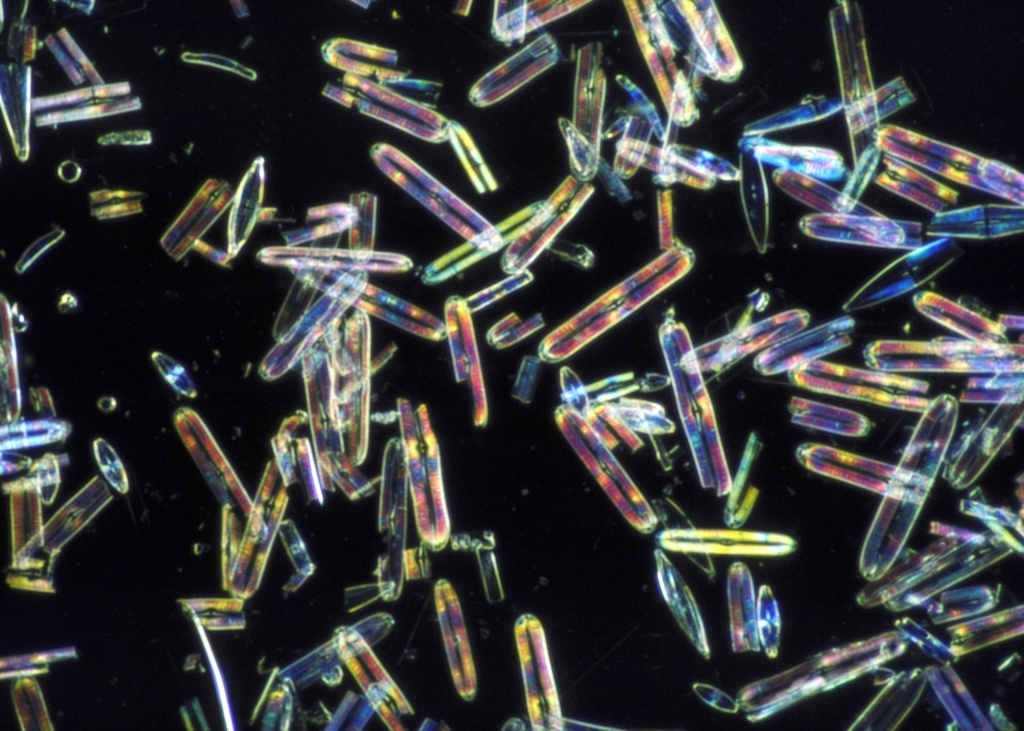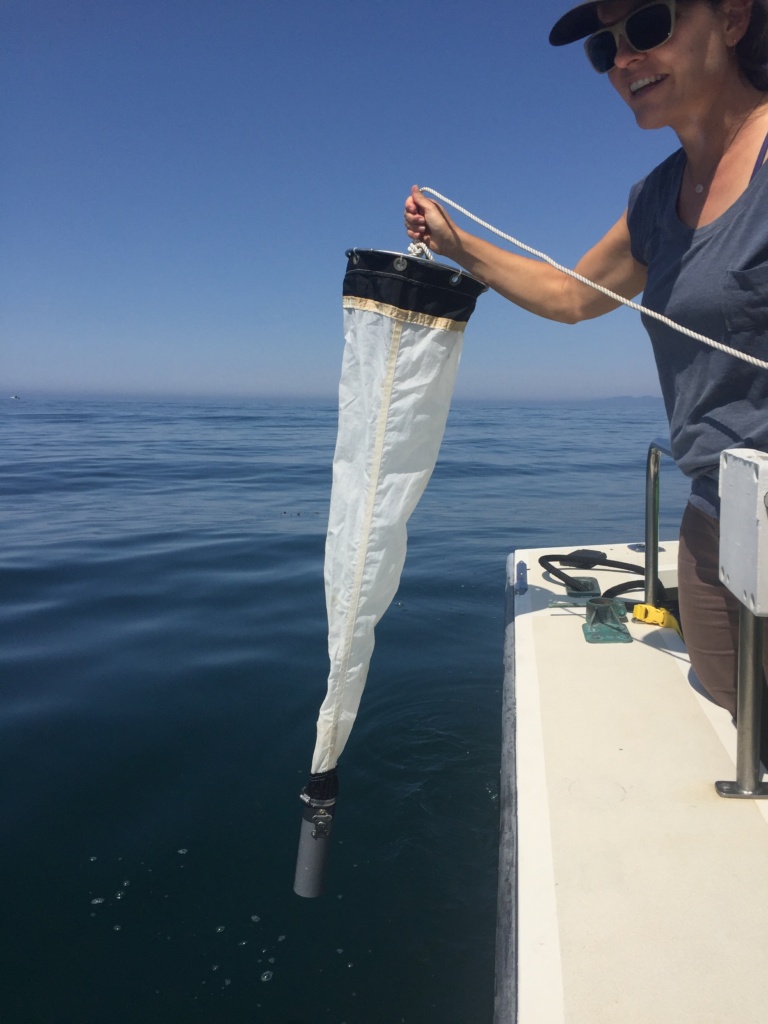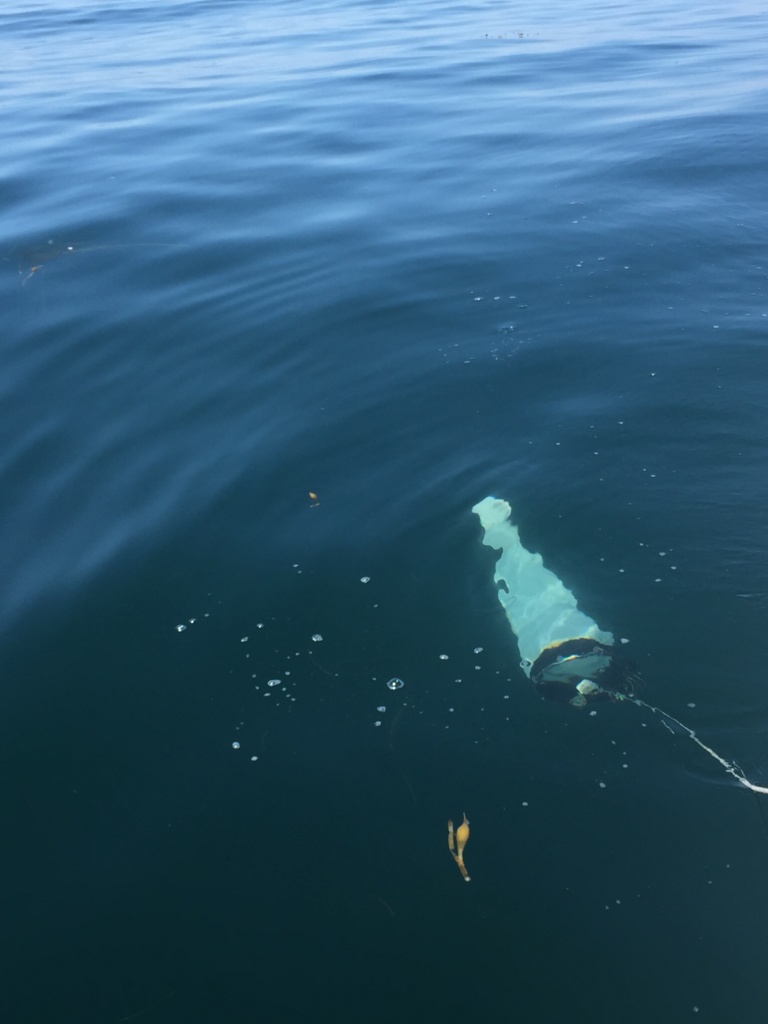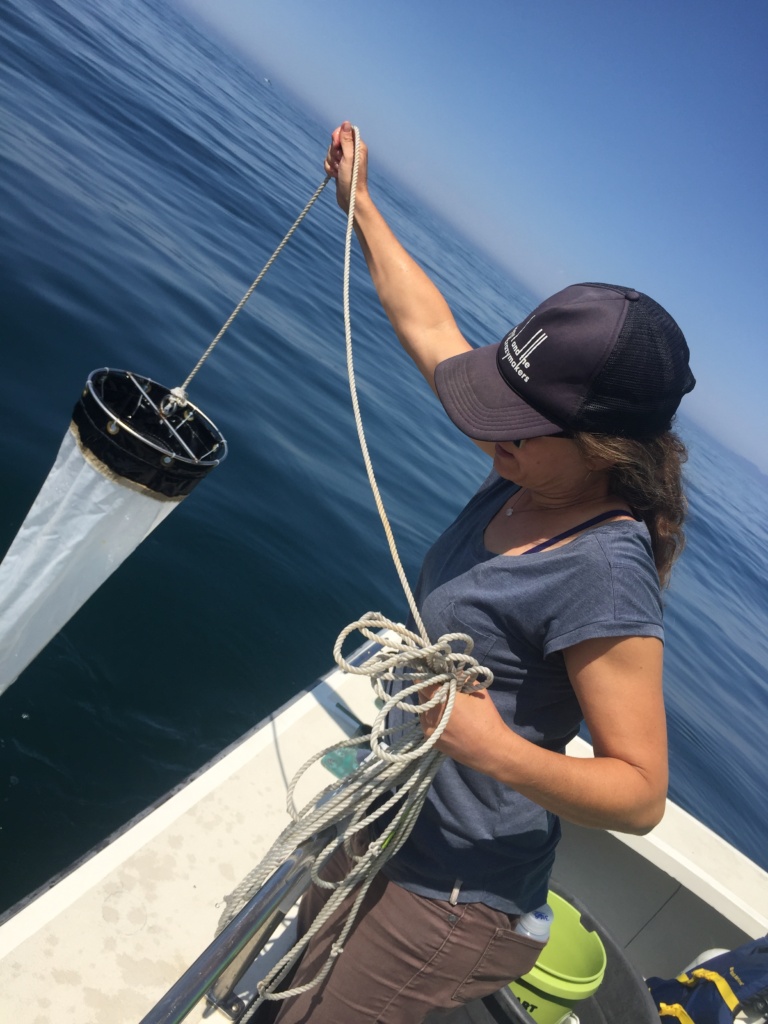Hundreds of everyday products, from non-stick cooking pans to stain- and water-resistant clothing, are made today with highly toxic chemicals called per- and poly-fluoroalkyl substances, or PFAS. These chemicals are known to cause cancer, liver and kidney disease, reproductive issues, immunodeficiencies, and hormonal disruptions and in June, the U.S. Environmental Protection Agency issued an updated health advisory stating that there are no safe levels of PFAS in drinking water. However, these toxic substances are found in waterways throughout the United States.
PFAS are often referred to as “forever chemicals” because they take thousands of years to break down. PFAS molecules have a chain of linked carbon and fluorine atoms. Because the carbon-fluorine bond is one of the strongest, these chemicals do not easily degrade, making them biopersistent, or able to remain in organisms indefinitely without breaking down. They are also bioaccumulative, meaning that they build up over time in ever-increasing levels in people, wildlife, and the environment.
Because of their widespread use, release, and disposal over decades, PFAS are found virtually everywhere: in the atmosphere, the deep ocean, and even the human body. The U.S. Centers for Disease Control and Prevention’s website says that the agency has found PFAS in the blood of nearly everyone it has tested for them.
In the summer of 2022, the Waterkeeper Alliance and environmental engineering firm, Cyclopure, Inc., launched a monitoring project. During the months of May, June, and July, 113 Waterkeeper groups tested primary waterways in their jurisdictions. They collected water samples from two locations in their respective waterways, one upstream and one downstream of a potential source of PFAS contamination. A shocking 83% of these waterways were contaminated, with at least one PFAS compound detected in 95 of the 114 waterways sampled.
Santa Barbara Channelkeeper participated in the study by collecting and submitting water samples from the Ventura River, both upstream and downstream of the Ojai Valley Sanitation District’s Treatment facility, which discharges effluent into the river just south of Foster Park. Our samples both revealed PFAS contamination, with higher concentrations below the wastewater treatment facility.
The results of this research project demonstrate just how much more needs to be done to protect the health and safety of communities and ecosystems across the nation. We join the Waterkeeper Alliance in urging Environmental Protection Agency and lawmakers to take action to monitor waterways, clean up existing contamination, adopt standards for eliminating pollution, and enforce those standards.
Learn more about PFAS and read the full report here: https://waterkeeper.org/pfas/



